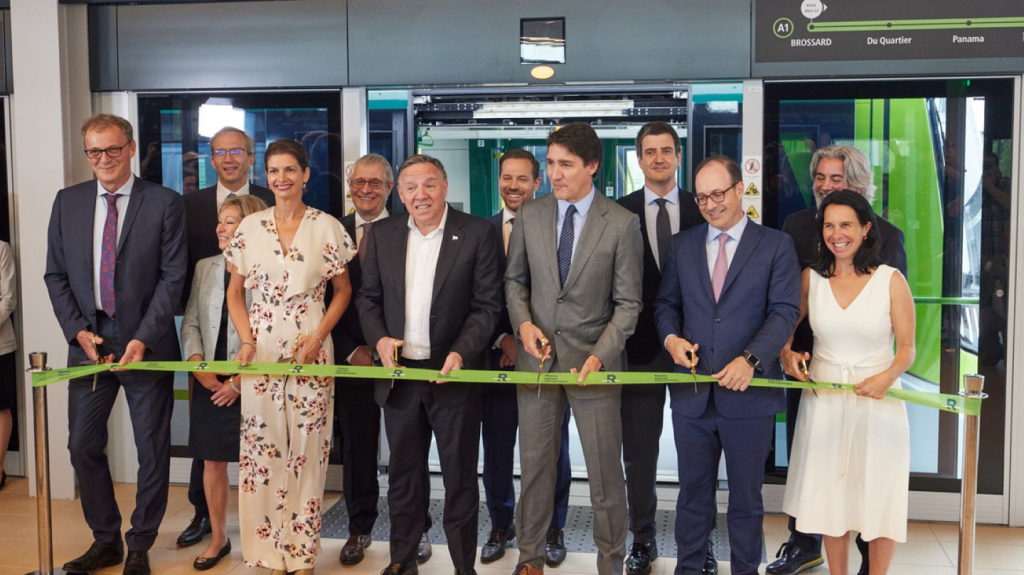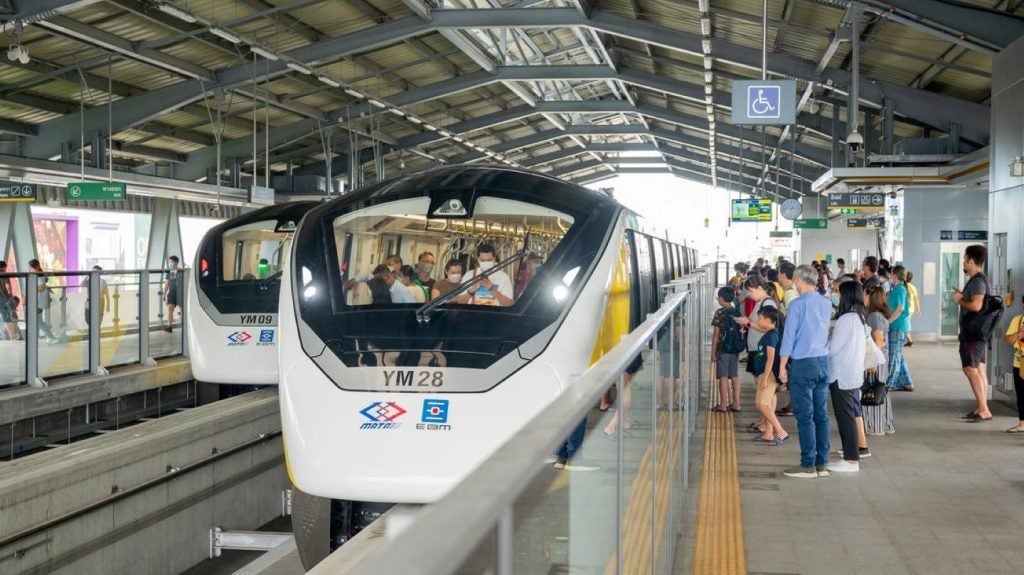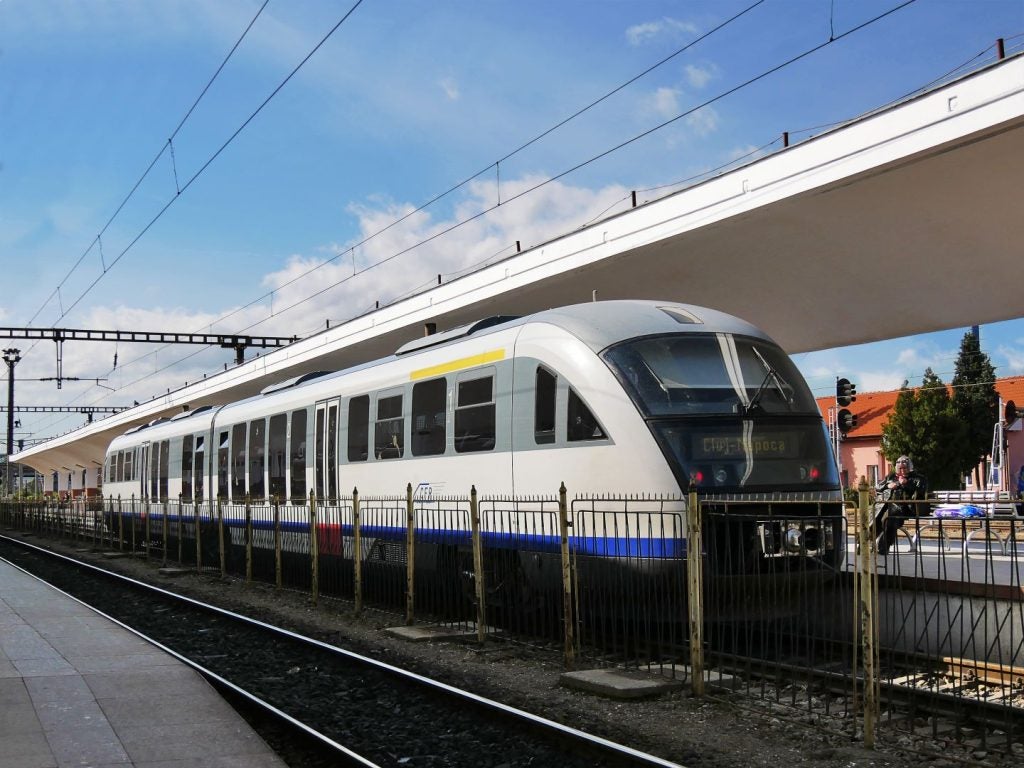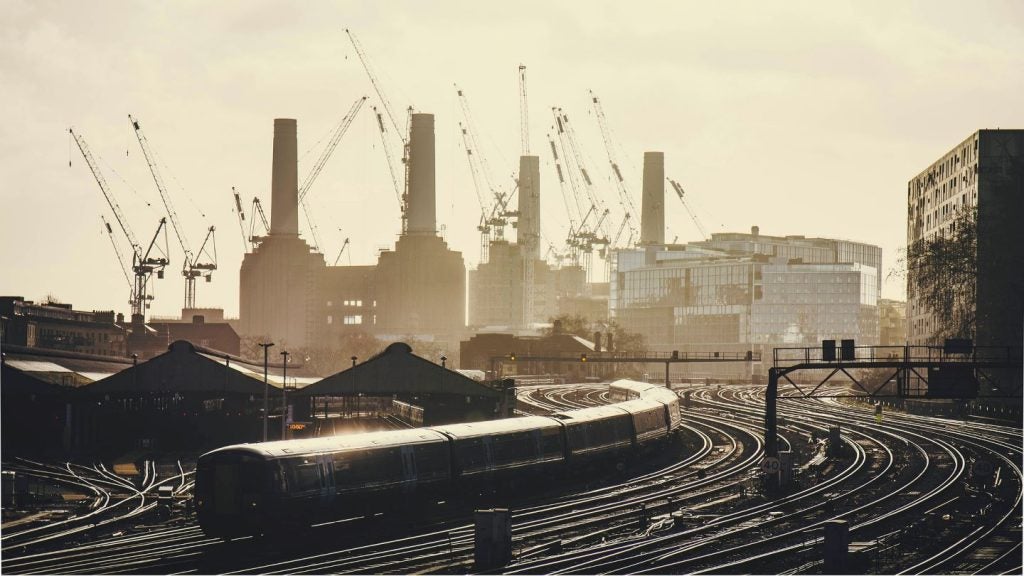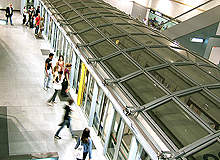
Driverless trains run by computer systems located in a remote control room, laser detectors to pick up the smallest movement on tracks, and advanced control algorithms for best performance – could this be the future of public transport?
Any new metro system constructed and implemented today integrates at least some level of automation, with many modern transportation hubs reaching out to new fully driverless technologies.
In Kuala Lumpur, Dubai, Tokyo and Copenhagen, fully automated metros have been running for several years. Other major cities across Europe, North America and Asia are following the example and have partly automated their systems.
The benefits of driverless metro systems seem to be obvious: more predictable running times, energy optimisation, automated and computerised failure detection and response are just a few.
But for a competitive industry looking to achieve gains in customer service and safety, one has to ask whether removing staff from the trains makes sense and can be justified.
See Also:
Automatic train operation
The duty of any metro transportation system is to provide secure, consistent, efficient and high-quality service to passengers. As many operators run at or near their capacity limits, automation is often the only way to maximise the operational performance of a metro system. Implemented on existing lines, automation is in many cases more cost-effective than constructing new lines or extending platforms.
How well do you really know your competitors?
Access the most comprehensive Company Profiles on the market, powered by GlobalData. Save hours of research. Gain competitive edge.

Thank you!
Your download email will arrive shortly
Not ready to buy yet? Download a free sample
We are confident about the unique quality of our Company Profiles. However, we want you to make the most beneficial decision for your business, so we offer a free sample that you can download by submitting the below form
By GlobalDataAutomatic train operation (ATO) covers a range of levels of automation and can be widely differentiated in semi-automatic train operation (STO), driverless train operation (DTO) and unattended train operation (UTO).
Depending on the infrastructure system, operators can introduce either of the levels on existing or new lines. In all levels the basic principle is to cause the train to drive at a speed below the safe speed limit, with the system enforcing the limit through the train’s emergency brakes should it attempt to exceed the safe speed.
With STO, implemented for instance on the London Victoria and Central line in the UK, the operation of the train’s motors and brakes is automated, allowing a more consistent form of driving.
The driver however remains in the front of the train, to operate doors, give start signals when leaving a station and monitor performance of the train and the track ahead.
DTO refers to more sophisticated systems where the driver is free to move away from the front of the train but remains available for customer service. In case of the failure of the ATO, they would take control of the train. The demands on security and platform controls are higher in this case, as the driver is no longer in the cab at the front of the train.
UTO is a driverless ATO without an on-board attendant. In this case, a remote computer system must be able to operate the train in case of a failure of the system.
Once operators have found the right concept for their lines, the benefits of automation are numerous. "Train operations become more exact and timely as the automation system controls the trains according to a schedule split in seconds," explains Siemens Mass Transit general manager Frank Gerken.
"The frequency of the trains can be enhanced, especially in low traffic hours, as more and shorter trains can be inserted in traffic without the need for more operational staff."
In addition, automation can reduce the wear-and-tear of train propulsion and braking systems, it can optimise energy consumption and potentially reduce operating costs through more effective and regular train operation.
Sophisticated safety systems
The first step in automating any metro system is the automation of the primary safety functions through continuous automatic train protection.
Although automatic train control systems for fully automated metros have been available since the 1980s, the first fully driverless system was only implemented in 2003 in Singapore.
"Surrounding systems for the passengers’ safety like onboard CCTV, platform supervision, onboard emergency calls and onboard telemetry including remote train diagnosis were not economically available at that time," explains Frank Gerken. "But today, safety improves with increased automation as computerised systems control train movements more precisely and more reliablely than humans." UTO not only requires extensive CCTV with links to a manned control centre but also obstacle detection systems, automatic platform supervision to detect persons on the track as well as passenger operated plungers on stations and trains to send for help in an emergency.
"The big benefit of having a driverless system is the safety – the element of human error is taken out completely," said Copenhagen Metro chief executive Piero Marotta already in 2009. The 21km state-of-the-art metro in the Danish capital is one of Europe’s first driverless train systems. All movements and track switches are run from one single control room, which applies one of the most sophisticated railway security systems.
With automated systems not only the safety onboard the train is enhanced. In Copenhagen, it is impossible for someone to be killed by falling or jumping in front of a train. Platform edge doors close every possible way onto the tracks. At the city’s outdoor stations, closely-spaced infra-red rays or a laser beam scanner are connected directly to the control system, reacting immediately if a person falls or walks on to the tracks.
Enhanced customer service with less staff?
In London, where senior Tory politicians and Mayor Boris Johnson have discussed the introduction of driverless trains, one area of concern was potential staff cuts and lay-offs. In heated exchanges between the Mayor and rail trade unions, Johnson announced he wanted to implement driverless trains in order to reduce disruptions through strikes and standoffs and revealed that automated trains have been successfully tested.
However, while rail operator Transport for London (TfL) sees the opportunity to decrease costs, enhance performance of their trains and avoid disruptions by striking train drivers, employees fear the potential staff cuts. Frank Gerken believes the fear of being sacked because of the introduction of automation to an existing metro system is usually unjustified. "The job of the drivers is mostly turned into a passenger service job and thus the presence of metro staff is enhanced on the platforms and onboard the trains."
Together with more predictable and regular timetables and the enhanced frequency of trains, taking a metro or underground train could actually become a pleasant experience for customers. "There are mostly advantages for the passengers," says Gerken. "Experience shows that passengers appreciate the higher quality of service that comes with automation so the overall passenger traffic increases together with the degree of automation."
The future is automated
Frank Gerken is not the only one who believes the future of railway lies in automation and driverless trains. "Productivity needs to be continuously improved just like in all other areas," he says.
Yet there is space for improvement as evolving technology could further enhance overall automation system functions and performance of the trains.
"This applies for example to higher bandwidth for track-train communication, new sensors for train localisation or platform supervision, as well as to more processing capacity of the computers," Gerken explains.
Others call for a universally accepted methodology to determine the appropriate level of automation for a specific metro system. In recent years, technology has made huge progress and there are many suppliers able to provide a wide range of state-of-the-art automated systems. But the choice to go for a certain system is still a rather subjective one instead of being based on a systematic business analysis.
Nonetheless, it will only be a matter of time before the benefits of increased levels of automation on metro systems will be realised on main lines and high-speed railways, as operators are looking to boost safety and security, and enhance the comfort and quality of rail travel. "Humans are more likely to make errors than technical systems," says Gerken. And safety is what it is all about.



